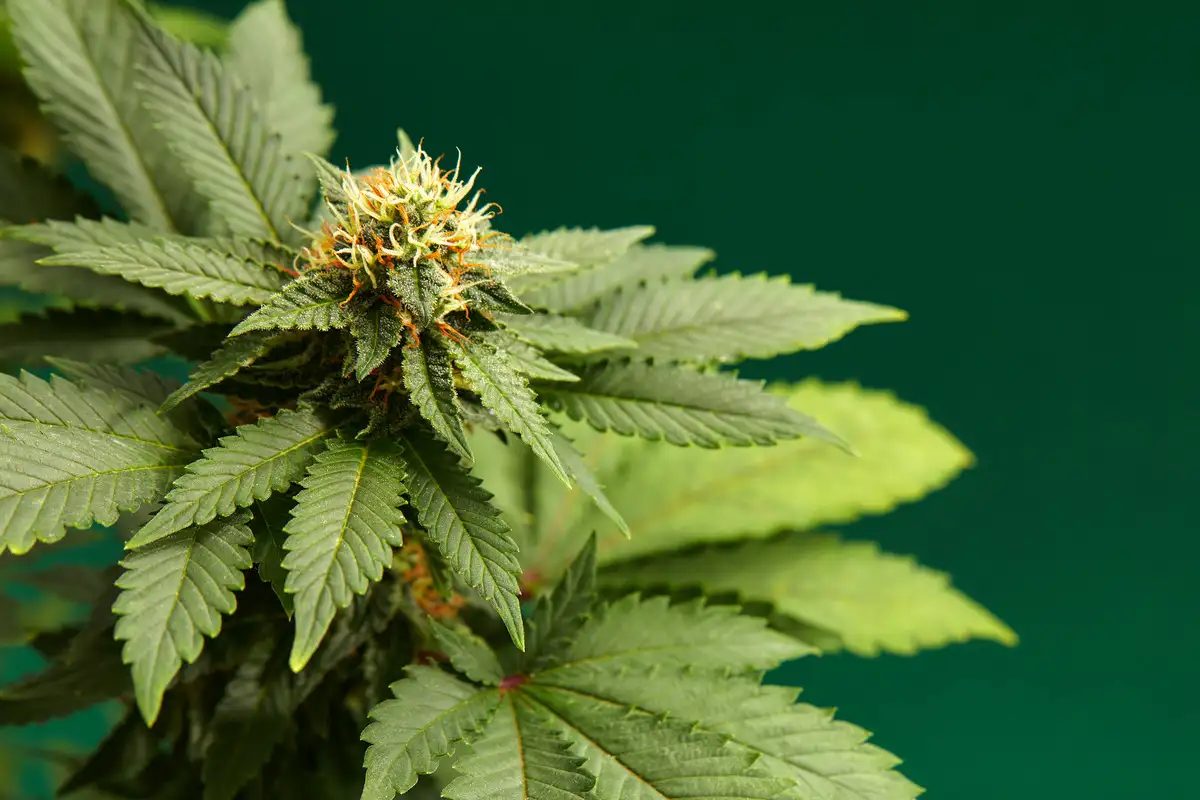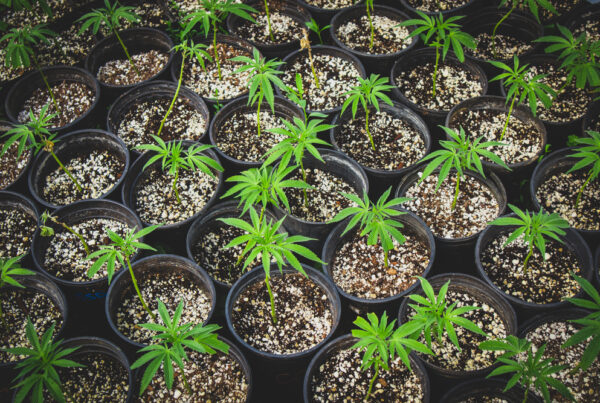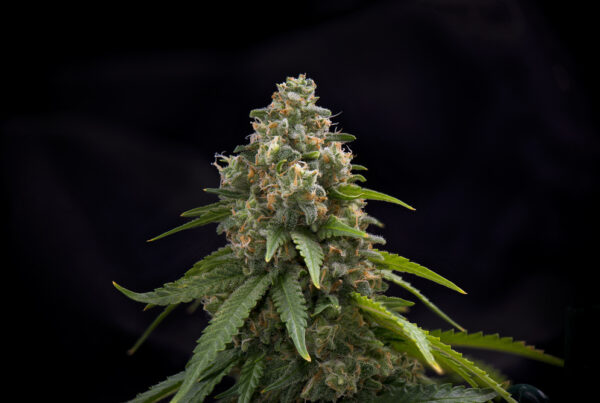In recent years, the use of both prescription medications and cannabis has become increasingly common. However, it is essential to understand the potential interactions between these substances, particularly when it comes to medications like Lexapro and the use of cannabis. Lexapro, also known as escitalopram, is a commonly prescribed medication for the treatment of depression and anxiety disorders. Cannabis, on the other hand, is a well-known plant that has been used for both recreational and medicinal purposes. Understanding how these two substances interact is crucial for individuals who are prescribed Lexapro and are considering or currently using cannabis. In this blog post, we will delve into the basics of Lexapro and cannabis, explore their individual uses, effects, and side effects, and ultimately shed light on the potential risks and safety measures associated with their co-use. Whether you are someone considering using cannabis while on Lexapro or simply curious about the interactions between these substances, this post aims to provide you with a comprehensive understanding to make informed decisions about your health and well-being.

Introduction: The Basics of Lexapro and Cannabis
When it comes to understanding the interactions between Lexapro and cannabis, it is essential to have a solid understanding of each substance individually. In this section, we will provide an overview of Lexapro and cannabis, including their uses, effects, and side effects.
What is Lexapro?
Lexapro, also known by its generic name escitalopram, is a medication classified as a selective serotonin reuptake inhibitor (SSRI). It is primarily prescribed to treat major depressive disorder and generalized anxiety disorder. Lexapro works by increasing the levels of serotonin, a neurotransmitter responsible for regulating mood, in the brain. By enhancing serotonin activity, Lexapro helps alleviate symptoms of depression and anxiety.
Uses of Lexapro
Lexapro is commonly prescribed to individuals experiencing depression or anxiety disorders. It can be an effective treatment option for those struggling with persistent sadness, loss of interest, low energy, difficulty concentrating, and other symptoms associated with depression. Additionally, Lexapro may be used to manage anxiety disorders, such as generalized anxiety disorder (GAD), social anxiety disorder (SAD), and obsessive-compulsive disorder (OCD).
Common Side Effects of Lexapro
Like any medication, Lexapro can cause side effects, although not everyone experiences them. Some common side effects include:
- Nausea and gastrointestinal disturbances
- Headache
- Insomnia or drowsiness
- Sexual dysfunction
- Dry mouth
- Sweating
- Weight changes
It is important to note that these side effects may vary in severity and duration from person to person. If you experience any persistent or bothersome side effects while taking Lexapro, it is crucial to consult your healthcare provider.
Understanding the basics of Lexapro lays the foundation for comprehending its potential interactions with cannabis. In the following sections, we will explore cannabis in-depth, including its uses, effects, and side effects, before delving into the specific interactions between Lexapro and cannabis.

Understanding Lexapro: Uses, Effects, and Side Effects
Lexapro, also known as escitalopram, is a commonly prescribed medication for the treatment of depression and anxiety disorders. In this section, we will delve deeper into understanding Lexapro, including its uses, effects, and potential side effects.
What is Lexapro?
Lexapro belongs to a class of medications known as selective serotonin reuptake inhibitors (SSRIs). It works by increasing the levels of serotonin, a neurotransmitter responsible for regulating mood, in the brain. By enhancing serotonin activity, Lexapro helps alleviate symptoms of depression and anxiety.
Uses of Lexapro
Lexapro is primarily prescribed for the treatment of major depressive disorder (MDD) and generalized anxiety disorder (GAD). It may also be prescribed for other conditions such as panic disorder, social anxiety disorder, and obsessive-compulsive disorder (OCD). The exact dosage and duration of treatment will vary depending on the individual’s condition and response to the medication.
Effects of Lexapro
The effects of Lexapro are aimed at improving mood and reducing symptoms of depression and anxiety. It may take several weeks for the full therapeutic effects of Lexapro to be felt. During this time, it is essential to continue taking the medication as prescribed by your healthcare provider.
When Lexapro is effective, individuals may experience:
- Improved mood and a reduction in feelings of sadness or hopelessness
- Increased energy levels
- Enhanced ability to concentrate and think clearly
- Reduction in anxiety symptoms, such as excessive worry or restlessness
Potential Side Effects of Lexapro
While Lexapro is generally well-tolerated, it can cause side effects in some individuals. Common side effects may include:
- Nausea or upset stomach
- Headache
- Insomnia or drowsiness
- Sexual dysfunction, such as decreased libido or difficulty achieving orgasm
- Dry mouth
- Sweating
- Weight changes
It is important to note that not everyone will experience these side effects, and they may vary in severity and duration. If you experience any persistent or troublesome side effects, it is crucial to discuss them with your healthcare provider.
Understanding the uses, effects, and potential side effects of Lexapro provides a solid foundation for exploring its interactions with cannabis, which will be discussed in the upcoming sections.

Understanding Cannabis: Uses, Effects, and Side Effects
Cannabis, also known as marijuana or cannabis, is a plant that has been used for various purposes throughout history. In this section, we will explore cannabis in-depth, including its uses, effects, and potential side effects.
What is Cannabis?
Cannabis is a plant that contains chemical compounds called cannabinoids. The two most well-known cannabinoids found in cannabis are delta-9-tetrahydrocannabinol (THC) and cannabidiol (CBD). THC is the psychoactive compound responsible for the “high” associated with cannabis use, while CBD is non-psychoactive and has been of interest for its potential therapeutic effects.
Medicinal Uses of Cannabis
Cannabis has a long history of medicinal use and is now being recognized for its potential therapeutic benefits. Some of the medical conditions for which cannabis may be used include:
- Chronic pain: Cannabis has been found to help alleviate pain associated with conditions such as arthritis, fibromyalgia, and multiple sclerosis.
- Nausea and vomiting: It can be effective in reducing nausea and vomiting caused by chemotherapy or other medical treatments.
- Mental health disorders: Cannabis may be used to manage symptoms of anxiety, depression, and post-traumatic stress disorder (PTSD).
- Neurological disorders: It has shown promise in the treatment of epilepsy and certain movement disorders like Parkinson’s disease.
It is important to note that the use of medicinal cannabis should be done under the guidance of a healthcare professional.
Potential Side Effects of Cannabis
While cannabis can offer potential therapeutic benefits, it is not without possible side effects. Some common side effects of cannabis use may include:
- Cognitive impairment: Cannabis can affect cognitive function, including memory, attention, and decision-making abilities.
- Respiratory issues: Smoking cannabis can irritate the lungs and lead to respiratory problems, similar to smoking tobacco.
- Increased heart rate: Cannabis can cause an increase in heart rate, which may be of concern for individuals with cardiovascular conditions.
- Psychiatric effects: In some cases, cannabis use can lead to anxiety, paranoia, or psychosis, particularly in individuals predisposed to mental health disorders.
It is worth noting that the side effects of cannabis can vary depending on factors such as the strain, dosage, method of consumption, and individual susceptibility.
Understanding the uses, effects, and potential side effects of cannabis sets the stage for exploring its interactions with Lexapro, which will be discussed in the following sections.
The Interactions between Lexapro and Cannabis
When it comes to using both Lexapro and cannabis, it is important to understand how these substances may interact with each other. In this section, we will delve into the potential risks, side effects, and interactions that may occur when Lexapro and cannabis are used together.
Potential Risks and Side Effects
- Increased sedation: Both Lexapro and cannabis can cause drowsiness and sedation. When used together, the sedative effects may be amplified, potentially leading to excessive sleepiness or impaired cognitive function.
- Worsened anxiety or depression: While cannabis may have potential benefits for anxiety and depression, it can also have adverse effects in some individuals. Combining cannabis with Lexapro may increase the risk of worsening anxiety or depression symptoms.
- Serotonin syndrome: Lexapro works by increasing serotonin levels in the brain. Excessive serotonin levels can lead to a potentially life-threatening condition called serotonin syndrome. Cannabis use has been associated with changes in serotonin activity, and combining it with Lexapro may increase the risk of serotonin syndrome.
- Drug interactions: Lexapro and cannabis can both interact with other medications. It is crucial to be aware of potential drug interactions when using Lexapro and cannabis together, as they may affect the metabolism and effectiveness of other medications.
How Lexapro and Cannabis Can Affect Each Other
- THC and Lexapro: Tetrahydrocannabinol (THC), the psychoactive component of cannabis, may interact with Lexapro. Some studies suggest that THC may decrease the effectiveness of SSRIs like Lexapro. However, more research is needed to fully understand the nature and significance of this interaction.
- CBD and Lexapro: Cannabidiol (CBD), another compound found in cannabis, has gained attention for its potential therapeutic properties. Some studies suggest that CBD may enhance the effects of certain antidepressant medications, including Lexapro. However, more research is needed to determine the safety and efficacy of combining CBD with Lexapro.
What Research Says
Research on the specific interactions between Lexapro and cannabis is still limited, and findings are often mixed. Some studies suggest potential interactions and risks, while others show no significant effects. It is important to note that individual responses to the combination of Lexapro and cannabis can vary, and more research is needed to fully understand the extent of their interactions.
It is crucial to discuss the use of cannabis with your healthcare provider if you are prescribed Lexapro. They can provide personalized guidance based on your specific medical history and individual needs.
In the next section, we will explore safety measures and recommendations for individuals considering or currently using both Lexapro and cannabis.

Safety Measures and Recommendations
When considering the use of both Lexapro and cannabis, it is important to prioritize safety and make informed decisions. In this section, we will discuss safety measures and recommendations to help individuals navigate the potential interactions between Lexapro and cannabis.
When to Consult a Healthcare Provider
- Inform your healthcare provider: It is crucial to inform your healthcare provider about your cannabis use, especially if you are prescribed Lexapro. They can provide guidance tailored to your specific situation and help monitor any potential interactions or side effects.
- Pre-existing medical conditions: If you have any pre-existing medical conditions, such as cardiovascular issues, liver or kidney disease, or a history of mental health disorders, it is important to discuss the use of cannabis with your healthcare provider. They can help assess potential risks and determine the appropriateness of combining cannabis with Lexapro.
- Adjustments to medication: Your healthcare provider may need to adjust the dosage of Lexapro or other medications based on the potential interactions with cannabis. Do not make any changes to your medication regimen without consulting your healthcare provider first.
How to Safely Use Lexapro and Cannabis
- Follow medication instructions: Take Lexapro exactly as prescribed by your healthcare provider. Do not alter the dosage or frequency of the medication without their guidance.
- Moderation with cannabis use: If you choose to use cannabis while on Lexapro, it is important to do so in moderation. Start with low doses and monitor your response. Avoid excessive or frequent cannabis use, as it may increase the risk of side effects and interactions.
- Monitor your symptoms: Pay close attention to any changes in your symptoms, mood, or overall well-being when combining Lexapro and cannabis. If you notice any concerning effects or worsening of symptoms, consult your healthcare provider promptly.
Alternatives to Co-use
- Consider CBD products: If you are interested in using cannabis for its potential therapeutic effects but are concerned about the interactions with Lexapro, consider using CBD products. CBD, unlike THC, does not have psychoactive properties and may have fewer interactions with medications.
- Explore non-pharmacological approaches: In addition to medication, other non-pharmacological approaches such as therapy, exercise, and stress management techniques can be beneficial in managing depression and anxiety. Discuss these options with your healthcare provider as alternatives or complementary strategies.
Remember, every individual is unique, and what works for one person may not work for another. It is essential to prioritize open communication with your healthcare provider and make decisions based on your specific circumstances and medical history.
By following safety measures and recommendations, you can navigate the potential interactions between Lexapro and cannabis more effectively and make informed choices regarding your well-being.






